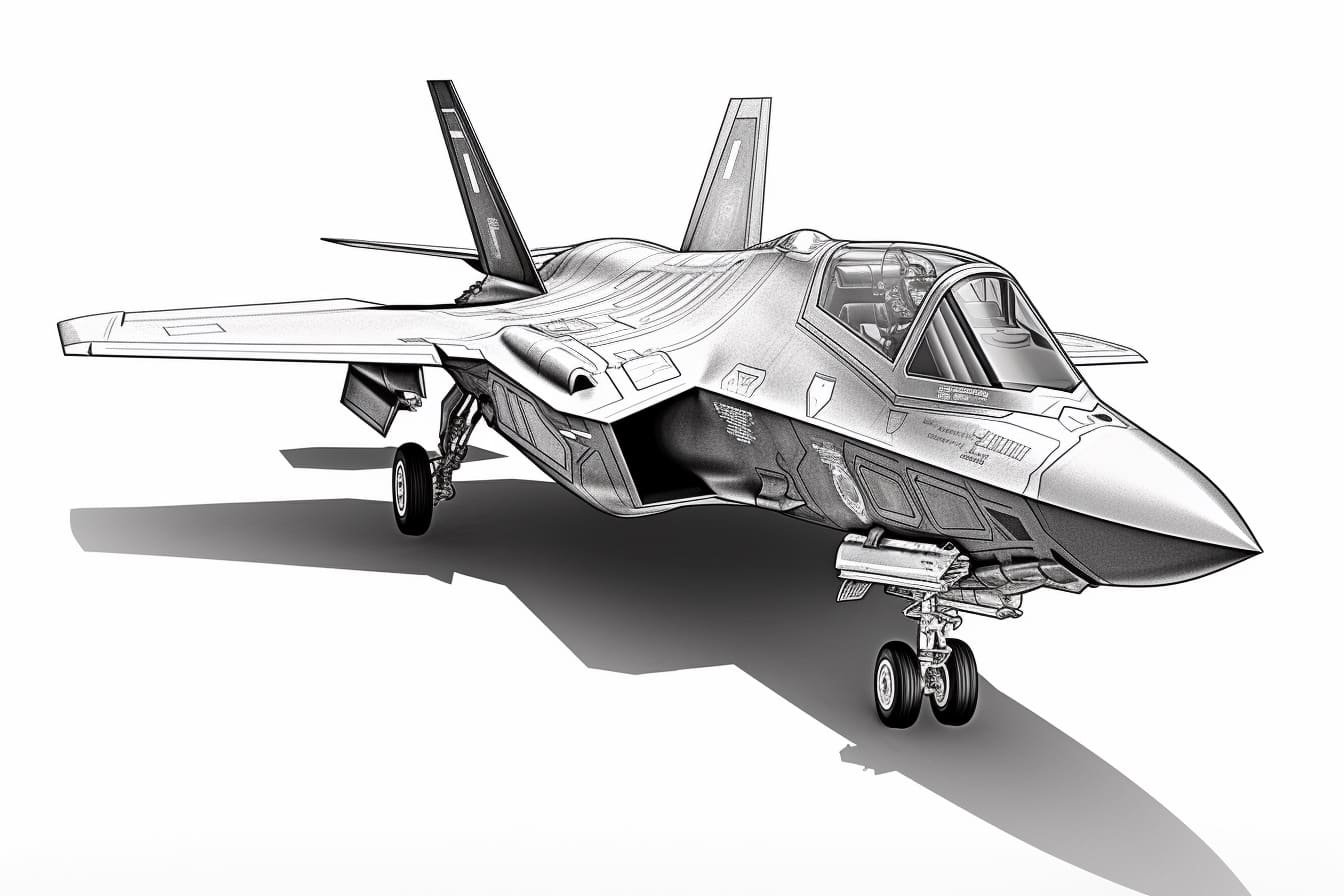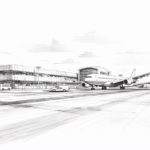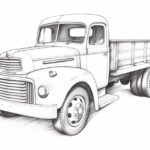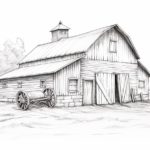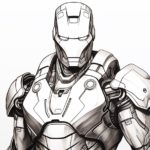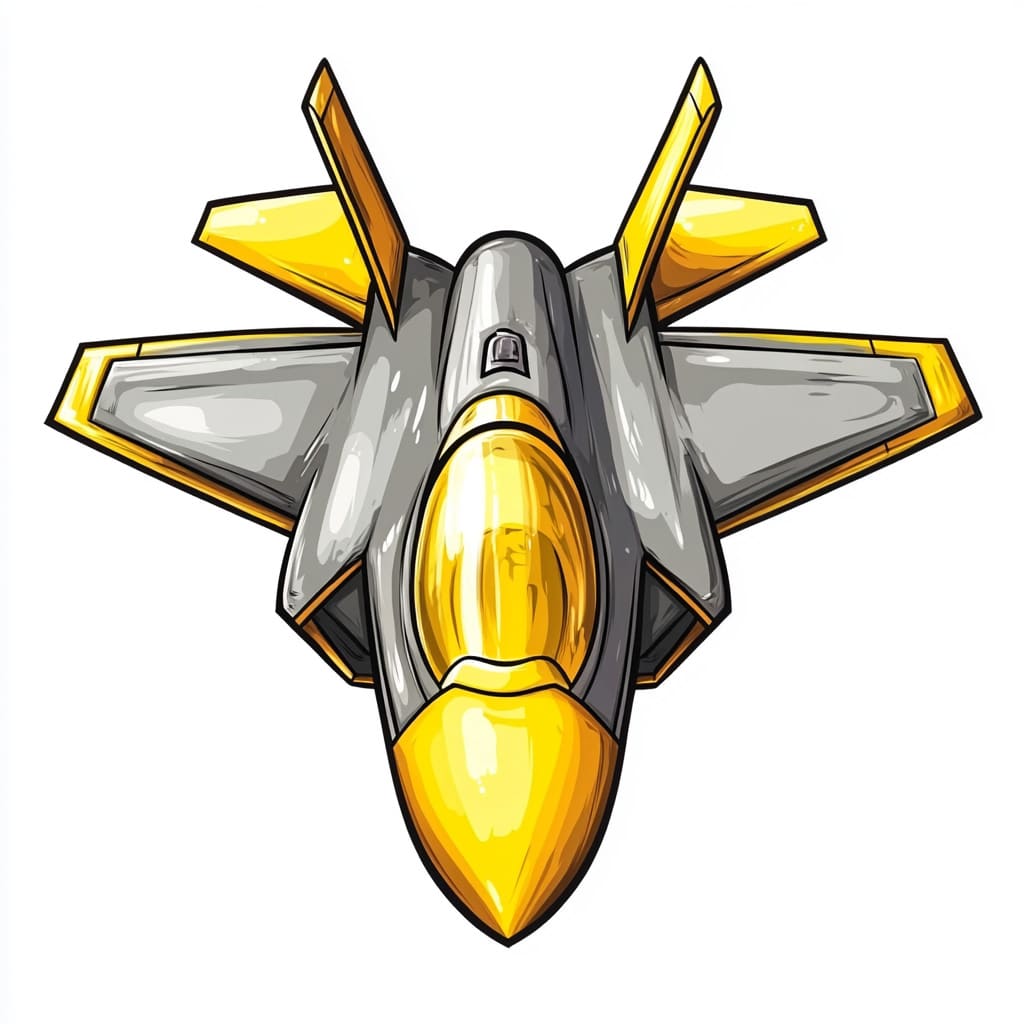
The F-35 fighter jet is much more than a remarkable piece of military equipment; it represents the cutting edge of modern engineering and technology. With its sleek contours, cutting-edge stealth capabilities, and awe-inspiring performance, the F-35 symbolizes a harmonious blend of power and precision. This iconic aircraft has captured the imagination of artists and aviation enthusiasts alike, making it a compelling subject for drawing.
Creating a lifelike representation of the F-35 on paper not only requires a command of artistic techniques but also a keen appreciation of its technical details. From its unique aerodynamic shape to intricate features like the cockpit, wings, and landing gears, each aspect contributes to the overall beauty of this advanced jet. In this how-to guide, we will provide an in-depth exploration of the essential elements required to draw the F-35 effectively, ensuring that your representation captures its stunning intricacies and dynamism.
Whether you’re an aspiring artist just starting on your creative journey or a seasoned professional looking to expand your skill set, drawing the F-35 offers an exciting opportunity to immerse yourself in the realm of aviation art. Gather your materials, prepare for a creative adventure, and let’s embark on this thrilling journey together as we learn to bring this extraordinary aircraft to life on paper!
Materials Required
To draw an F35, you will need the following materials:
- Drawing paper or sketchbook
- Pencils (variety of hardness from 2H to 6B)
- Eraser (kneaded eraser is recommended for lighter lines)
- Fine tip black pens or markers for outlining
- Ruler or straight edge for precise lines
- Reference images of an F35 for accuracy
- Optional: colored pencils or markers for adding color to your drawing
How to Draw an F35: a Step-by-step Guide
Step 1: Gather Your Materials
Before you start drawing the F35, make sure you have all the necessary materials handy. You will need a pencil, eraser, drawing paper, ruler, and reference images of the F35 for accuracy.
Step 2: Start with Basic Shapes
Begin by sketching the basic shapes of the F35 to establish its proportions. Draw a large oval for the body of the aircraft and smaller ovals for the wings and tail. Use light, loose lines for this initial sketch to allow for adjustments later on.
Step 3: Define the Fuselage
Add more details to the fuselage of the F35 by drawing the cockpit area, engine intakes, and exhaust nozzles. Pay attention to the angles and proportions of these features to capture the realistic look of the aircraft.
Step 4: Outline the Wings
Draw the wings of the F35 by extending the shapes you sketched earlier. Add the flaps, ailerons, and other wing details to make the aircraft look more dynamic and aerodynamic.
Step 5: Add the Tail and Vertical Stabilizers
Extend the tail shape and add the vertical stabilizers to the back of the F35. Make sure the proportions are correct and that the tail fins are aligned with the rest of the aircraft.
Step 6: Refine Details
Go over your initial sketch and start refining the details of the F35. Add panel lines, rivets, and other small features to enhance the realism of your drawing. Pay attention to symmetry and proportions throughout this step.
Step 7: Shade and Add Depth
Use your pencil to shade the different parts of the F35 to create depth and dimension. Pay attention to light sources and shadows to make your drawing more realistic. You can also use hatching and cross-hatching techniques to add texture and volume to the aircraft.
Step 8: Final Touches
Once you are satisfied with the overall look of your F35 drawing, go over it one last time to make any final adjustments. Erase any unnecessary guidelines and refine any details that need improvement. Sign your artwork and consider adding a background to complete the composition.
Step 9: Practice and Experiment
Drawing aircraft like the F35 can be challenging, so don’t be discouraged if your first attempt doesn’t turn out perfect. Keep practicing, studying reference images, and experimenting with different techniques to improve your skills. The more you draw, the better you will become at capturing the intricacies of aircraft design.
Conclusion
In conclusion, mastering the art of drawing a F35 involves practice, patience, and attention to detail. By following the step-by-step guide provided in this article, artists can enhance their skills and create realistic and impressive representations of this advanced aircraft. Remember, practice makes perfect, so keep honing your craft and enjoy the process of bringing this iconic jet to life on paper.
Fun Facts About F35S
- The F-35 is also known as the Joint Strike Fighter (JSF) and is produced by Lockheed Martin.
- The F-35 comes in three main variants: the F-35A for conventional takeoff and landing, the F-35B for short takeoff and vertical landing, and the F-35C for carrier-based operations.
- The F-35 is equipped with advanced stealth technology, making it difficult to detect by radar systems.
- The F-35 is the most expensive military weapons program in history, with an estimated total cost exceeding $1.5 trillion.
- The F-35 is designed to be a multirole aircraft, capable of performing a variety of missions including air-to-air combat, air-to-ground strikes, electronic warfare, and intelligence, surveillance, and reconnaissance (ISR) missions.
- The F-35 is the first fighter jet to combine radar-evading stealth technology with supersonic speeds and short takeoff and vertical landing capabilities.
- The F-35 is equipped with advanced sensors and avionics systems, including the AN/APG-81 AESA radar, which provides unprecedented situational awareness and targeting capabilities.
- The F-35 has the ability to share real-time data with other F-35s and with other friendly aircraft and ground forces, enabling enhanced coordination and decision-making in combat situations.
- The F-35 has been deployed by multiple countries around the world, including the United States, the United Kingdom, Australia, Japan, and several NATO allies.
- Despite facing criticism and setbacks during its development and testing phases, the F-35 has gradually improved its performance and capabilities, becoming a key asset for modern air forces.
Suggestions for Scenes and Settings for F35 Drawings
Certainly! Here are some specific suggestions for scenes and settings to draw the F35 aircraft:
- Military Base: Show the F35 parked on a military base runway, surrounded by other fighter jets and personnel in uniform.
- Sunset Sky: Capture the F35 flying in a colorful sunset sky, with the hues of orange, pink, and purple reflecting off its sleek surface.
- Mountain Range: Draw the F35 soaring through a majestic mountain range, with snow-capped peaks and rugged terrain below.
- Urban Landscape: Illustrate the F35 flying over a bustling city skyline, with skyscrapers and city lights twinkling below.
- Aircraft Carrier: Depict the F35 taking off from or landing on an aircraft carrier at sea, with the vast ocean stretching out in the background.
- Dogfight: Show the F35 engaged in a dynamic aerial dogfight with enemy aircraft, with smoke trails and intense maneuvers.
- Stealth Mode: Illustrate the F35 in stealth mode, blending into the clouds or night sky with its advanced technology.
- Air Show: Draw the F35 performing aerobatic maneuvers at an air show, with crowds of spectators watching in awe.
- Historical Context: Place the F35 in a historical context, such as alongside vintage aircraft from different eras, highlighting its evolution in aviation history.
- Futuristic Setting: Imagine the F35 in a futuristic sci-fi setting, with advanced technology, sleek designs, and innovative features.
These suggestions can inspire different artistic interpretations and showcase the versatility and capabilities of the F35 aircraft in various settings and scenarios.

